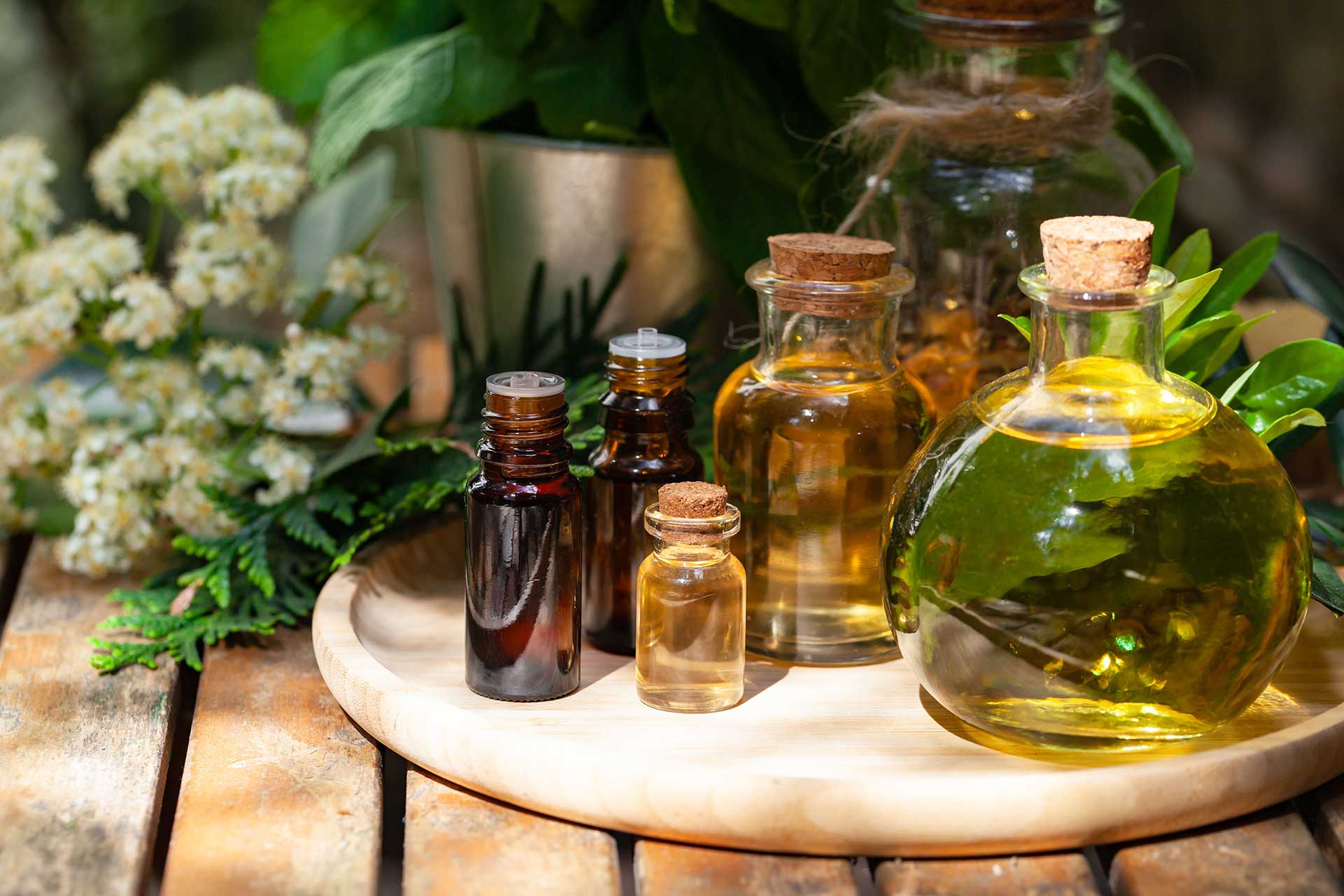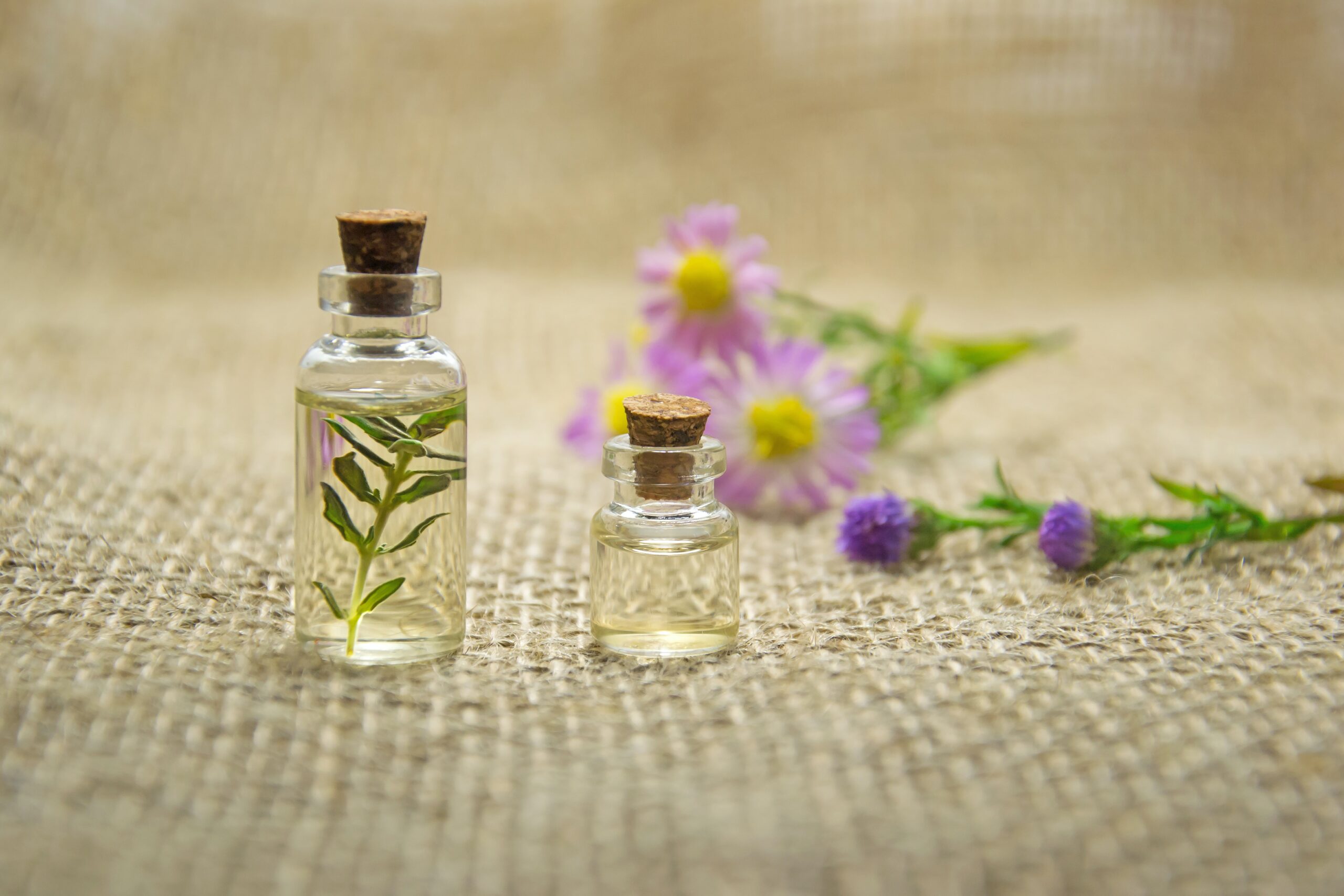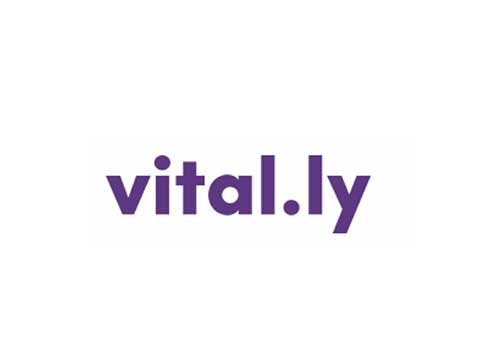The first hot flush catches you by surprise. One minute, you’re calmly working at your desk, or out and about shopping, walking the dog or collecting your teen from a sleepover – and the next, you feel like your internal thermostat has been tampered with and you can’t explain why you feel such intense heat waves rushing through your body.
This goes on repeat, randomly and relentlessly for many months. After visiting your GP and having numerous health checks – all of which confirm you are in the clear about anything sinister going on. You and your GP suddenly realise this could just be the beginning of menopause – or, more precisely, peri-menopause.
We’ve read about it, perhaps discussed it with friends, sisters, mums, aunts and health professionals; however, we are always unprepared for the emotional rollercoaster, the anxiety, irritability, brain fog and mood swings that often accompany these hormonal changes.
You know there are hormone replacement drugs; however, these are not always suitable for all women and sometimes have adverse effects on women who suffer from blood clots or have a history of cancers that are affected by HRT (Hormone Replacement Therapy).
It is worth knowing that we do not have to endure such drastic changes to our emotional and physiological state.
Aromatherapy offers the potency of botanicals to help soothe the menopause journey.
While HRT can help manage physical symptoms, many women seek complementary natural therapies like aromatherapy for emotional support during this transitional time.
According to a National Health Statistics Report, around 50% of women use some form of complementary approach, including herbs, massage, or mind and body practices to help manage menopause.
The Science Behind Scents’ Uplifting Effects – Aromatherapy harnesses the power of aromatic plant compounds to positively influence the mind, body and emotions. When inhaled, these natural aromatic essences, in the form of molecules, travel directly from the ‘olfactory nerves’ to the brain through the Limbic System (the brain’s emotional centre, which controls emotions, memories, stress level and hormone balance). This stimulates the release of mood-boosting neurotransmitters like Serotonin. The aromatic molecule will also reach the lungs, where the molecules will pass into the bloodstream and be carried throughout the body. This is the most effective application for mental and emotional benefits.
A clinical study found that inhaling specific essential oil blends helped reduce anxiety, depression, and overall menopause symptom scores in post-menopausal women. Other research indicated aromatherapy can decrease menopause-related irritability, insomnia, headaches, and joint and muscular pain.
5 MOOD-BOOSTING AROMAS for MENOPAUSAL SYMPTOMS –
Clary Sage – this herb’s warm, earthy scent is known for promoting calmness and relieving stress, feelings of anxiety and irritability around menopause. It also helps minimise hot flushes.
Rose Geranium – the rosy, slightly earthy, uplifting aroma of rose geranium is a favourite for combating hormone-related mood swings, anxiety and depression during the menopausal transition. It also offers balancing effects.
Lavender – renowned for its soothing and sedative properties, lavender can ease restlessness, insomnia, and nervous tension associated with menopausal changes. Its calming floral, slightly herbaceous scent promotes overall relaxation and helps quiet an over-active mind.
Bergamot – this sunny citrus fragrance is prized for reducing stress and fatigue and uplifting emotions during menopause’s emotional turbulence. Its unique citrusy scent stimulates the release of dopamine, a mood-boosting neurotransmitter.
Ylang Ylang – the rich, exotic, slightly fruity scent of this tropical flower helps alleviate menopausal irritability and fosters a sense of calm, peace, and emotional balance.
Rose – the alluring and soothing scent of rose. In a number of clinical studies in 2012, groups of women used rose essential oil through aromatherapy to try and ease feelings of depression during menopause. The studies found that inhaling and using rose essential oil topically in massage, stimulated the release of dopamine. Research studies have concluded for some time that dopamine plays a pivotal role in helping with symptoms of depression, which may occur during menopause.
A Unique Aromatherapy Synergy – as an aromatherapist, I always recommend blending multiple essences to create synergistic formulas that are even more potent than single-note oils.
For maximum mood-enhancing benefits during menopause or peri-menopause, try combining two or more of the beautifully scented essential oils listed above. While some oils have similar benefits to others, their aromas, properties, and, more importantly, their chemical makeup are all different to one another.
Creating a simple aromatherapy routine with uplifting scents provides vital emotional support and respite during the hormonal unpredictability of menopause. Embracing botanical aromas can empower you with renewed strength, serenity, and emotional resilience.










